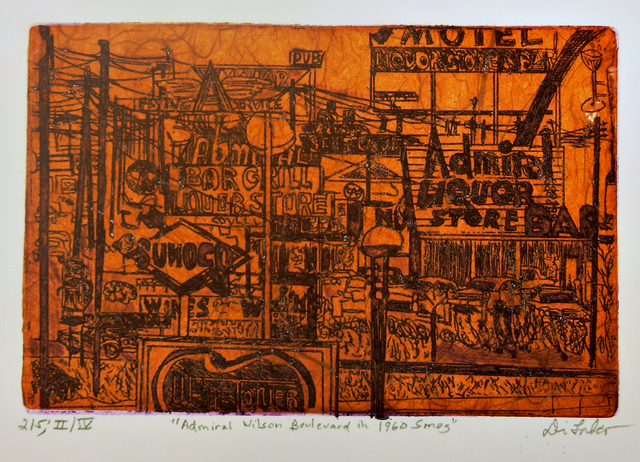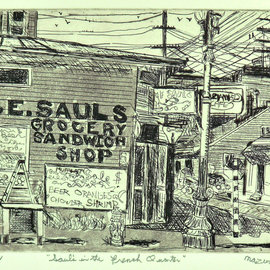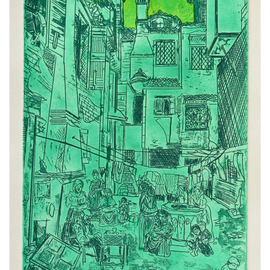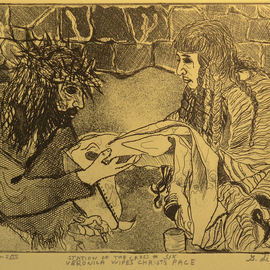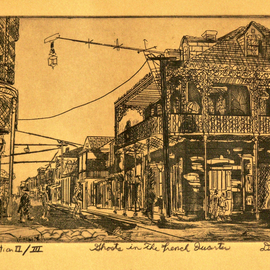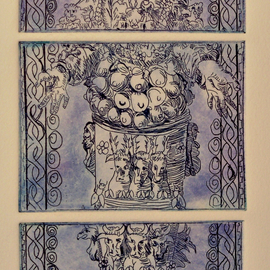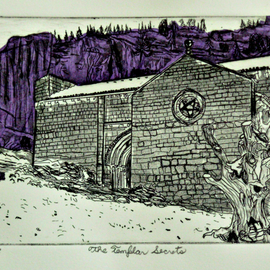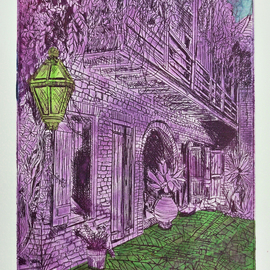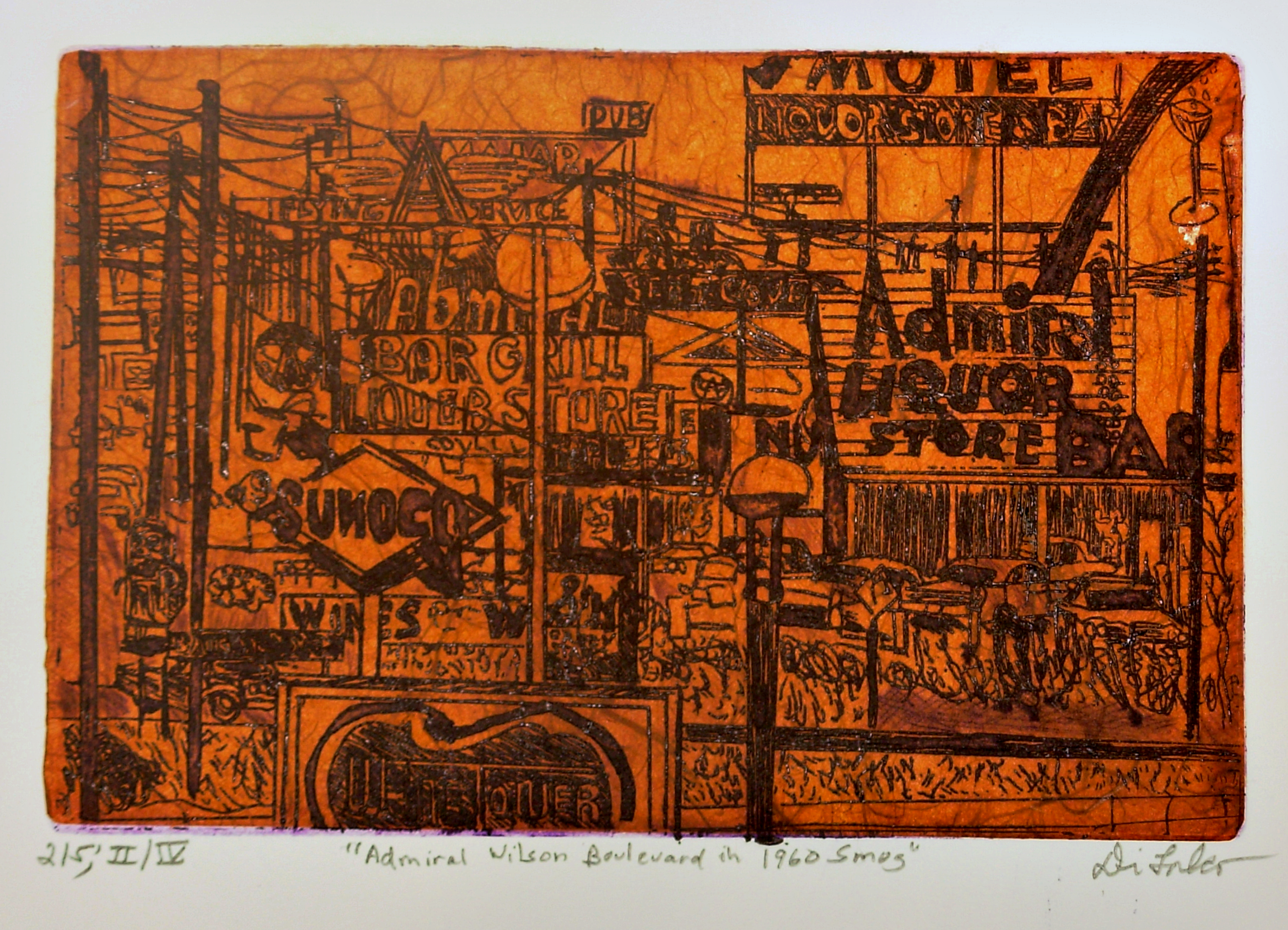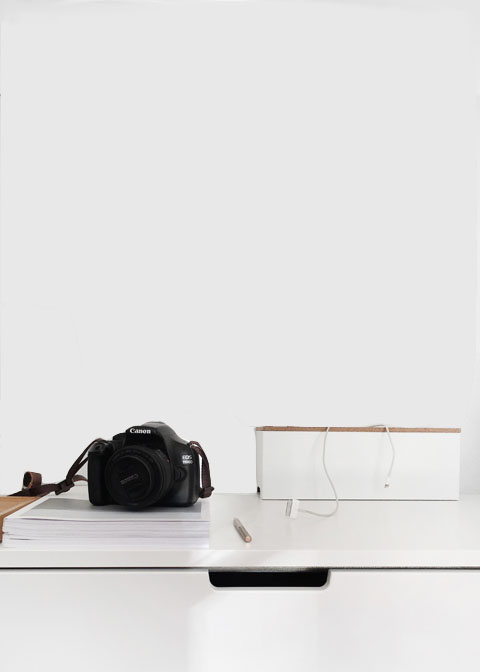Admiral Wilson Boulevard Printmaking By Jerry Di Falco
Artwork For Sale ❯ Printmaking ❯ Jerry Di Falco ❯ Automotive ❯ Admiral Wilson Boulevard
Artist:
Jerry Di Falco
Title:
Admiral Wilson Boulevard
Price:
Year:
2020
Medium:
Size - (USA):
16 W x 12 H x 0.5 D (inches)
Size - (metric):
40.6 W x 30.5 H x 1.3 D (centimeters)
Theme:
Edition:
Original
Artwork ID:
637539
PDF Copy:
Artwork Description:
This etching—disturbing and haunting—depicts a section of the artist’s home city of Camden, New Jersey. He employed the studio techniques of intaglio, aquatint, Chine colle, and drypoint on a zinc etching plate and developed the image in four Nitric acid baths. This hand printed work—executed on a Charles Brand industrial printing press—was printed with oil base etching inks on RivesBFK white paper, both manufactured in France. The print size is about 11 by 15 inches and comes in a frame and archival matabout 12 by 16 inches. This is the SECOND edition of FOUR, with all editions contained only five etchings each. Di Falco published and printed the work at Fleisher Art Memorial’s Center For Works On Paper in Philadelphia, Pennsylvania, as part of their OPEN STUDIO IN PRINTMAKING. Fleisher Art School is associated with The Philadelphia Museum of Art. NARRATIVEAdmiral Wilson Boulevard, a two-mile section of U. S. Route 30, opened in 1926 in Camden, New Jersey. It was the first “auto strip” in the United States, originally called Bridge Approach Boulevard, until being renamed in 1929 for Rear Admiral Henry Braid Wilson, a Camden native who served in the Spanish-American and First World Wars. The road had a noteworthy bearing on the development of the South Jersey suburbs and Camden City in the twentieth century. The area even included the first drive-in movie theater in the world. The artist states that, “My mother shot this photo in 1960 from her car. It illustrates how urban planning, especially when merged with commercialistic enterprise, puts lipstick on a pig, as Mom used to say. By this time in early 1960 the boulevard was lined with strip bars, red-light motels, cocktail lounges, liquor stores, dozens of gas stations, steak houses, nightclubs, neon signs, Cadillac dealerships, hamburger joints, and acres of traffic signs, telephone poles and wires. By 1970 the highway became home to the area’s sex-workers, all criss-crossing the ten-lane boulevard in their nightly business. As undergraduate students at Rutgers University in 1973, two colleagues and I completed a research study multi-media presentation on Admiral Wilson Boulevard and the surrounding highways for the seminar, ‘Phenomenology in Religion’, orchestrated by the Rev. Dr. Hugh White. What first appeared comical in the presentation soon unveiled its shadow-like side to our audiences. Today, and as a result of the 2000 Republican National Convention staged in Philadelphia, this stretch of kitch-Americana was destroyed and transported into a verdant backdrop that connected the USA’s most impoverished city to both the Southern New Jersey suburbs and the Benjamin Franklin Bridge to Philadelphia, Pennsylvania. As my mother—a hairdresser and photographer would say, ‘Politicians always fatten their own pockets while decorating our environment with shit. . . pretty shit. . . but still. . . shit ’ ”
Artwork Keywords:
Kitsch, New Jersey, Camden City, 1960, Pollution, Urban Disasters, Highways, Bars, Neon, Original Printmaking
